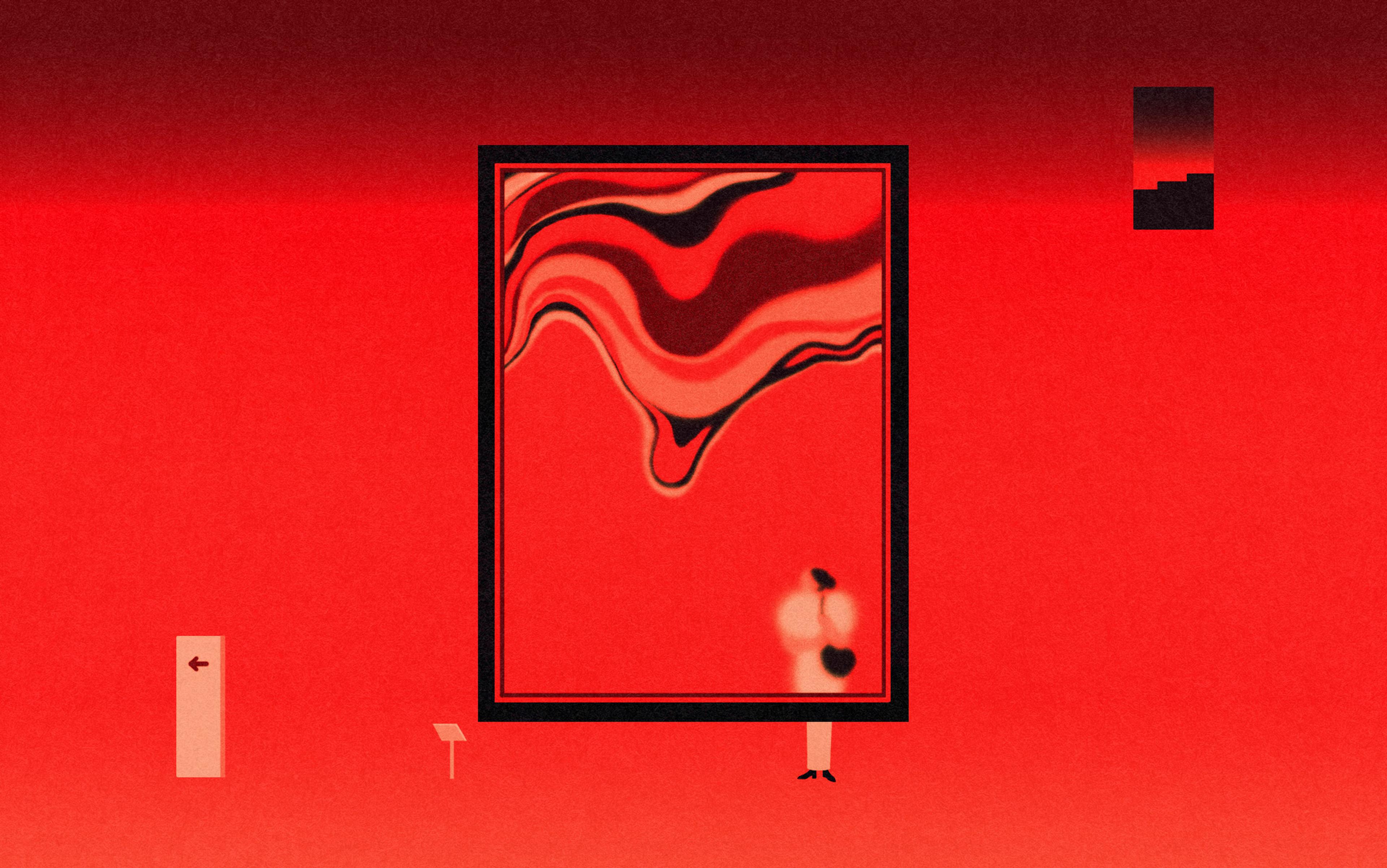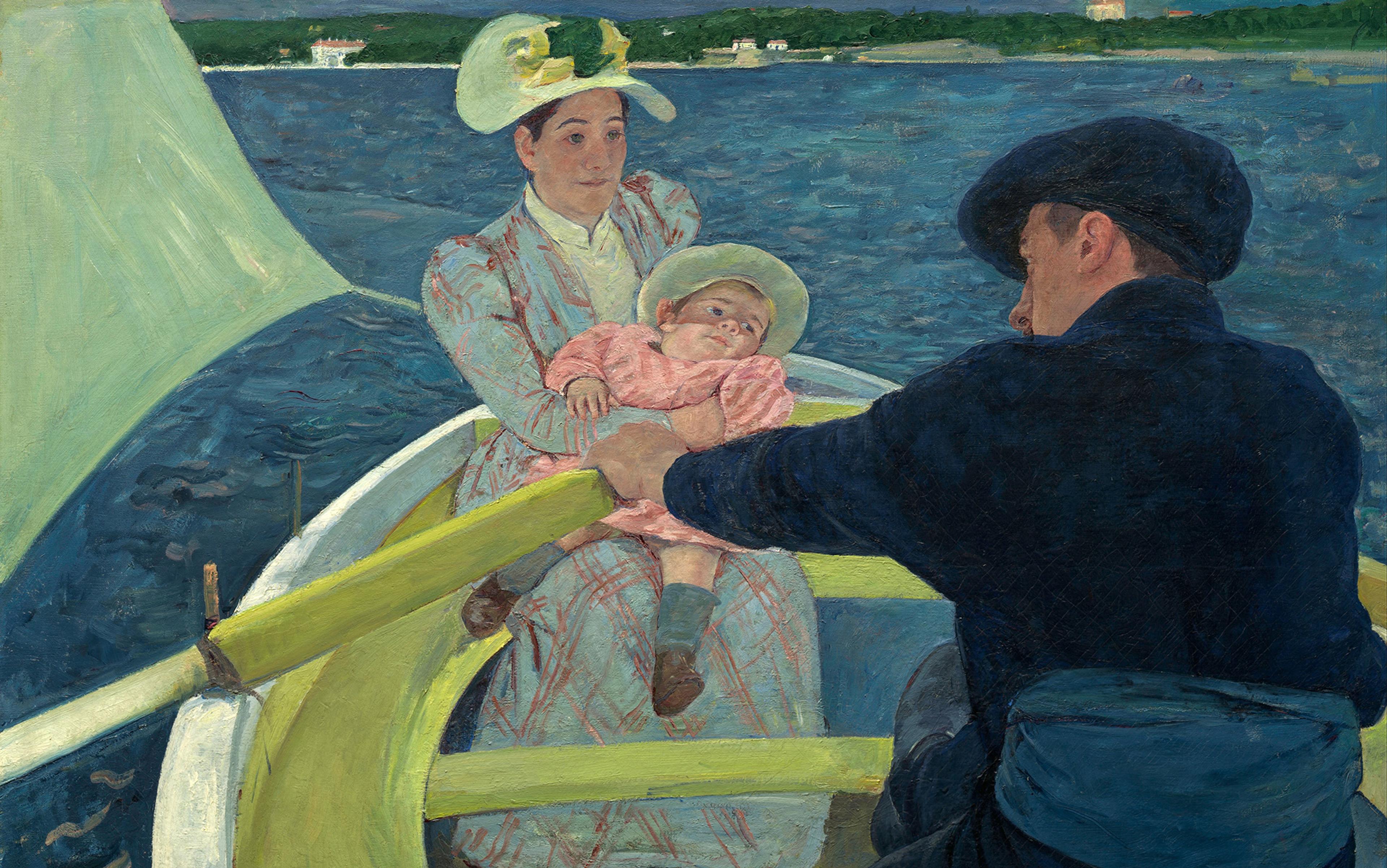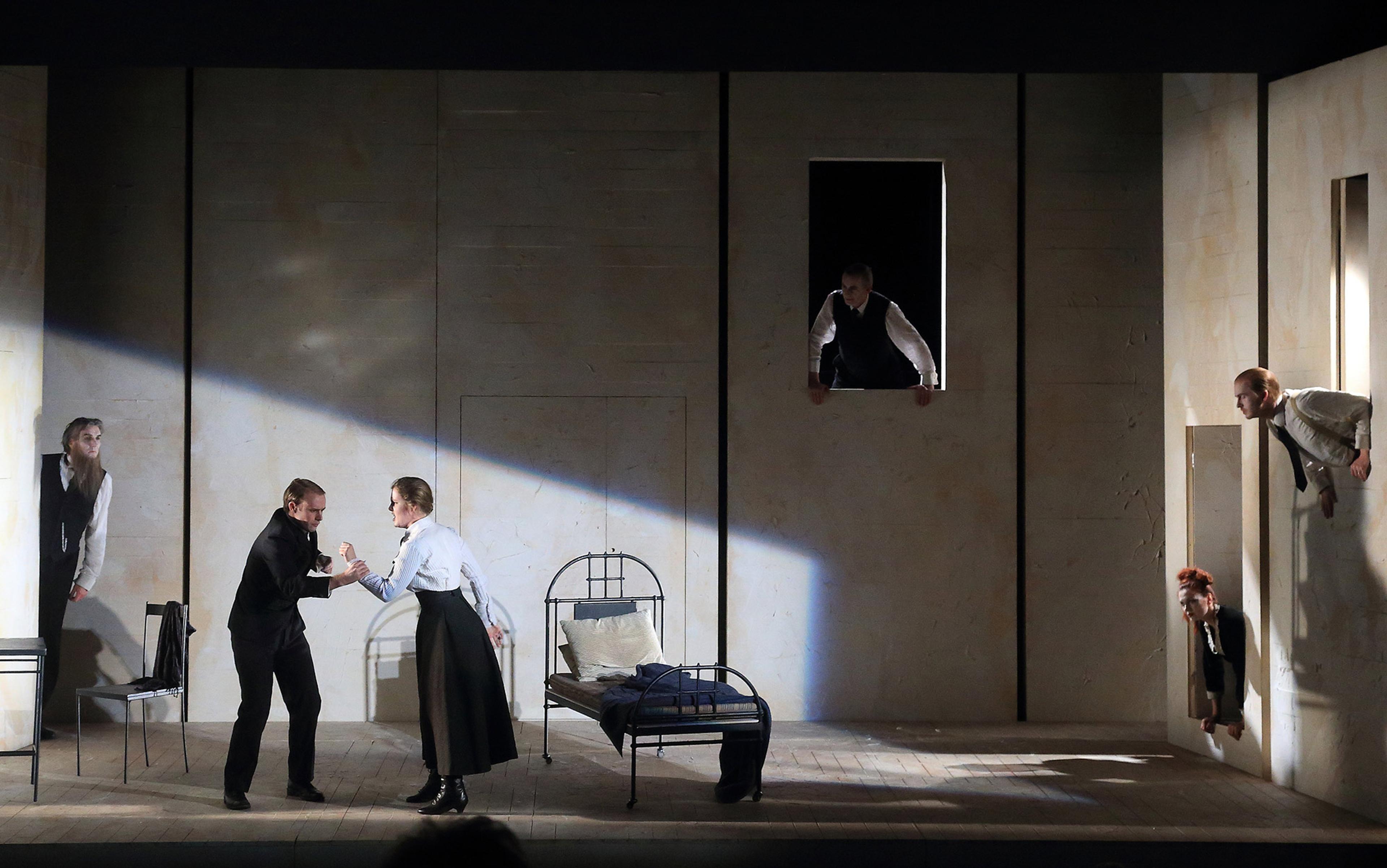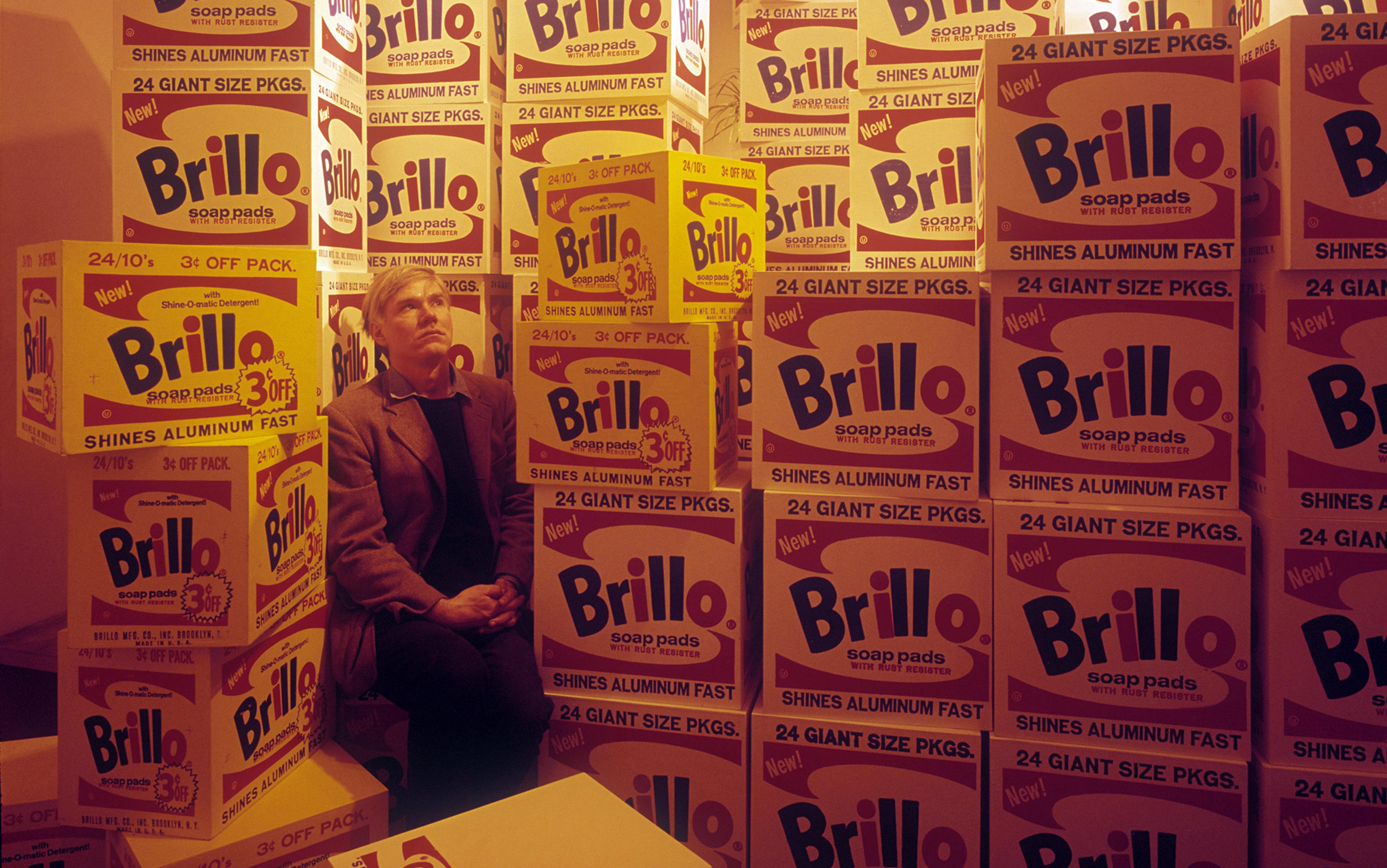He is standing in front of an old, intricately decorated urn in a museum, looking at the images etched into its surface, when he begins to wonder:
What leaf-fring’d legend haunts about thy shape
Of deities or mortals, or of both,
In Tempe or the dales of Arcady?
What men or gods are these? What maidens loth?
What mad pursuit? What struggle to escape?
What pipes and timbrels? What wild ecstasy?
These lines come from the opening of ‘Ode on a Grecian Urn’ written by John Keats in 1819. Across the poem’s five wandering and acutely detailed stanzas, Keats chooses not to seek an understanding of the urn in front of him through research or historical data; instead, he observes and imagines through questions and narratives. A person etched into the surface is playing a pipe under a tree – music that can’t be heard, Keats muses, and a tree whose leaves will never shed. Nearby, two lovers are frozen while leaning in for a kiss. To the poet, it seems their love is never-ending: though they will never kiss, they’ll never grow old or apart. Absorbed by the figures depicted on the urn, Keats creates an imaginative space, a space for thinking-by-looking.
Who are these coming to the sacrifice?
To what green altar, O mysterious priest,
Lead’st thou that heifer lowing at the skies,
And all her silken flanks with garlands drest?
What little town by river or sea shore,
Or mountain-built with peaceful citadel,
Is emptied of this folk, this pious morn?
‘Ode on a Grecian Urn’ gives us a sense of the poet’s mode: he asks question after question about the urn, not to uncover facts or ‘answers’, but rather to sustain his experience of wonder and curiosity. There is something else, too. Keats is not only speculating, inventing and describing, he’s also seeking out the effects of his imaginative engagement with the urn itself. What exactly are these effects? And is there something about this particular mode of engaging with images and objects – with art – that could prove valuable in other contexts?
One evening, I tell my friend that I feel as though there is a wall in my mind, blocking me from my own thoughts. And all I’m left with, I say, are feelings I can’t explain. There is no story or reason or event that helps them make sense. I’m left sad, confused. My friend, who is a painter, wonders: well, how will you get around the wall? Maybe you could turn yourself into air, or water. For a moment, we take this image of the wall seriously, imagining its architecture and the logic of its construction: what are its dimensions? What material is it made from? Is it porous? Could water seep through? What was, moments ago, just an analogy for my feelings of powerlessness and uncertainty starts to take shape as an open-ended image – like an abstract painting or a figure etched into an old urn.
Though the image doesn’t solve my problems, wandering the space inside it with curiosity starts to change the way I’m thinking. I’m no longer seeking explanations for inscrutable emotions, wondering: ‘Why am I feeling this way?’ I’m now exploring somewhere new, asking: ‘What is this space and how does it work?’
Rather than trying to force an explanation on to my feelings, I explored the ambiguous image of the wall with no predefined outcome. The objectives were open-ended and unarticulated. Yet the effect was transformative. I was reminded of Keats’s urn, and the potential in his mode of questioning and imagining. Perhaps, I wondered, there is a pathway among these urns and walls that leads toward mental wellness? But if there was, it was unlike any other pathways I was familiar with.
We need more open-ended forms of understanding and reflection – self-help beyond the self
The tools that dominate the mental wellness landscape today – from mindfulness apps to certain forms of cognitive behavioural therapy – offer very different approaches. The shared strategy behind these forms of self-help is often defined by a kind of self-surveillance, in which wellbeing emerges from looking inwards. Through practices, prompts and language that encourage this inward focus, these tools aim to create calm, understanding or epiphanies. These are good things. The concern, however, is that being so inwardly attentive – to your behaviour, feelings, bodily changes and social interactions – may lead to hypervigilance or the hyper-articulation of the self.
For the philosopher Byung-Chul Han, writing in Psychopolitics: Neoliberalism and New Technologies of Power (2017), this kind of ‘self-optimisation’, driven by ‘the compulsion always to achieve more and more’, can lead to burnout and exhaustion. This may happen when a person becomes overly focused on the self and learns to measure themselves against the pre-determined benefits of a self-help exercise; or when someone is constantly surveilling themselves, parsing their behaviour and thoughts through the limited vocabulary and logic of dominant mental wellness tools. These tools are meant to heal but, for Han, ‘healing’ now ‘refers to self-optimisation that is supposed to therapeutically eliminate any and all functional weakness or mental obstacle in the name of efficiency and performance’. Self-optimisation, he writes, ‘amounts to total self-exploitation’.
The alternative? Take pressure off the self by looking elsewhere and engaging outward. Ambiguous art can help with this practice. Such an approach involves learning to observe and question creative work, rather than observing and questioning the self. Unlike self-help strategies that come with their own set vocabularies and categories of wellness, a practice of imaginatively looking at art involves the viewer developing their own ideas and vocabularies as they grapple with an image or object they are encountering for the first time.
Today, as wellness fatigue begins to set in and the facile promises of self-help become more difficult to trust, perhaps we need more open-ended forms of understanding and reflection – self-help beyond the self. An alternative mode, based on the practice of ‘reading’ images, objects and other artwork, might shift focus from the self to that which is less easily accessed or understood.
Art has the power to hold our attention, draw us away from ourselves, and keep us looking closely at something we don’t entirely understand. Learning to explore something unfamiliar and ambiguous, by wielding our imagination and curiosity, is like developing a kind of muscle, which could prove useful to other aspects of our lives. Perhaps the muscle is what Keats called ‘negative capability’: the ability to withstand doubt or uncertainty, remain open to that which is not readily understandable, resist the urge to explain away what we don’t comprehend, and to accept the impossibility of a singular conclusion.
Figuring ourselves out doesn’t need to begin and end with the self, or with the surveilling tools of mental wellness. It can just as easily start by looking at a painting.
While walking through the halls of the permanent collection at the Blanton Museum of Art in Austin, Texas, I come across a large abstract painting. Though I’m standing in front of it, I have little idea what it depicts. The title, Alchemist, is a clue. I look at the painting as though it is a dictionary, searching for the meaning of ‘alchemist’ in its colours, shapes, textures. Above me, on the top right of the canvas, there seems to be a blue face, and next to the face is a dark object that could be a tree – or is it the black screen of a heart-rate monitor at a hospital? I go with hospital. It suits the expression on the face, with its eyes looking up, as though lying in a hospital bed. The face looks a little like that of Claude Monet’s wife, from his painting Camille on Her Deathbed (1879). The brush strokes in Alchemist are large, irregular and overlapping, making the scene more troubled, confused, chaotic. Was there really a face? A tree? A hospital scene? Perhaps these shifting forms are the transmutation, the ‘alchemy’ that the title refers to.
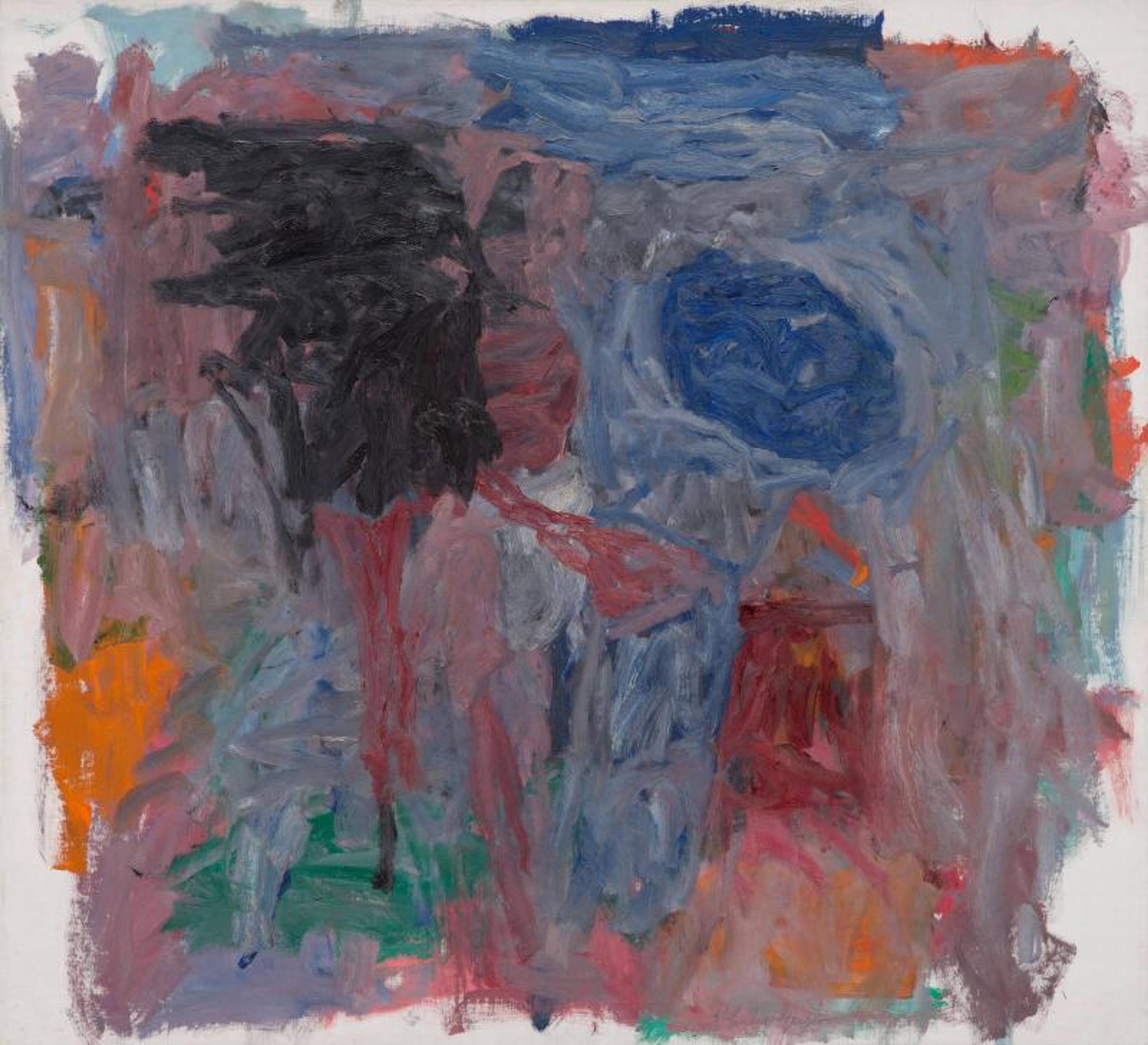
Alchemist (1960) by Philip Guston. Courtesy the Blanton Museum of Art, the University of Texas at Austin; gift of Mari and James A Michener
As I spend time with Philip Guston’s Alchemist (1960), I follow these questions, allowing myself to remain unsure of what I’m seeing, while staying in conversation with that uncertainty. However, rather than becoming frustrated or bored, I find that following the deeper pathways through my imagination makes the uncertainty itself interesting. This is the negative capability muscle at work. With patience, the stamina for this kind of practice increases.
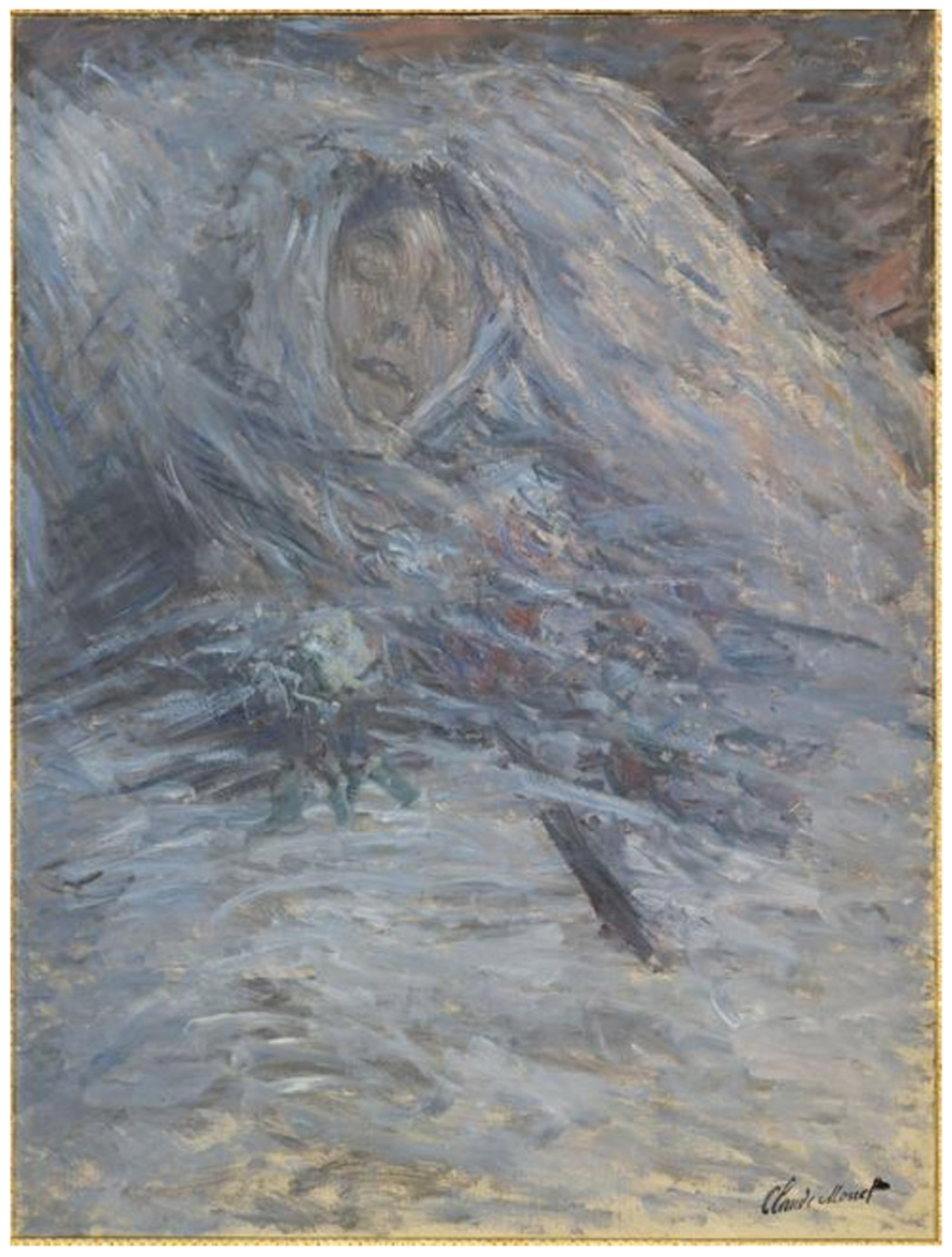
Camille on Her Deathbed (1879) by Claude Monet. Courtesy the Musée d’Orsay, RMN-Grand Palais/Patrice Schmidt; gift of Mme Katia Granoff, 1963
This painting, like many other kinds of art, refuses to explain itself directly or clearly. The familiar becomes unfamiliar. This is precisely what the practice requires: ambiguity. It is because the image is not immediately understandable – thanks to Guston’s use of materials, scale, form and visual language – that it piques our curiosity, drawing our attention and inviting questions. Ambiguity, in its various forms, produces the conversation between a viewer and an artwork, allowing our imagination to assign different narratives, ideas or feelings to the work.
Ambiguity in the literary arts has a similar power. One way this is expressed is through the fragment, a literary form found in the writing of James Joyce, Roland Barthes, Maggie Nelson and others. The fragment is used to produce a kind of disorientation in readers and to push them to make sense of sentences or phrases that seem disjointed. Like an abstract painting, the literary fragment asks readers to grapple with several possible meanings that lines of text could have, to ask why they have been placed side by side, and to piece together what the resulting narrative could be. For example, on the opening page of Joyce’s A Portrait of the Artist as a Young Man (1916), we find these fragmented lines:
His father told him that story: his father looked at him through a glass: he had a hairy face.
He was baby tuckoo. The moocow came down the road where Betty Byrne lived: she sold lemon platt.
O, the wild rose blossoms
On the little green place.
He sang that song. That was his song.
O, the green wothe botheth.
On the first reading, the sentences may seem incoherent, as though there are several missing links between each line. Joyce uses this technique, in part, to transport the reader into the mind-world of a child. Words like ‘wothe’, ‘botheth’ and ‘platt’ are not in any modern dictionary – the reader must imagine what the words could mean using the sound, feel and associations of the words as clues, and the surrounding sentences as context. This is how a child might develop understanding while listening to adults having a conversation.
From the perspective of semiotics, all images carry the possibility of multiple meanings
Nelson’s Bluets (2009) abandons even the comfort and sense-making of the paragraph form and, along the lines of Barthes’s A Lover’s Discourse: Fragments (1977), employs a list:
10. The most I want to do is show you the end of my index finger. Its muteness.
11. That is to say: I don’t care if it’s colourless.
12. And please don’t talk to me about ‘things as they are’ being changed upon any ‘blue guitar’. What can be changed upon a blue guitar is not of interest here.
Deciphering Nelson’s work is closer to the experience one has with the abstract painting: as readers, we hold on to the clear images of the index finger and the blue guitar, and attempt to piece them together using the tone of the writing (such as ‘please don’t talk to me’) as a clue to the mood of the story, arriving at multiple possible narratives.
For Barthes, writing from the perspective of semiotics, all images carry the possibility of multiple meanings. In his essay ‘The Rhetoric of the Image’ (1964), he describes the terror and promise that comes from this ambiguity:
… all images are polysemous; they imply, underlying their signifiers, a ‘floating chain’ of signifieds, the reader able to choose some and ignore others. Polysemy poses a question of meaning and this question always comes through as a dysfunction … Hence in every society various techniques are developed intended to fix the floating chain of signifieds in such a way as to counter the terror of uncertain signs …
In other words, the multiple signs (or units of meaning) that are present in any artwork – visual, literary or otherwise – are what allows us to wonder about the work by reading it in different ways as we consider multiple interpretations. Even a seemingly non-ambiguous object, like a stop sign, has the potential to generate different ideas. Though these kinds of objects have one dominant meaning that we understand immediately, looking in a wandering and open-ended way can bring out less obvious meanings and ideas.
When Barthes writes about the desire to ‘counter the terror of uncertain signs’, he is referring to the way in which ambiguity is generally done away with in our daily interactions. The stop sign is meant to mean one thing only. In this case, it is for good reason: signs like this need to be read quickly and uniformly by all, for public safety. Clarity and precision are championed in most communications in society. And yet, this is not how we usually feel or operate within our inner worlds. The practice of looking, of building a negative capability, involves developing the ability to withstand the ‘terror’ of uncertainty. It also presents us with the possibility of re-looking at things that we feel we have understood well – the possibility of seeing in new ways, re-imagining objects that we assumed carried singular, obvious meanings.
It is the middle of night. I wake up from a bad dream. I feel uneasy. I know it was a dream but in the pit of my stomach I am carrying feelings for which I don’t have full, linear explanations. My thinking might not be clear or comprehensive. The ability to tolerate this – or even be curious about the experience, and not collapse under its confusing, shapeless, nameless ambiguity – is not dissimilar from the experience I had with Guston’s Alchemist. Waking from a bad dream or confronting a work of abstract art are both examples of moments when we are presented with the uncertainty of our feelings or experiences. By learning to dwell on the uncomfortable images in these moments, by reflecting and imagining, we might begin to intuit, or tolerate, what is wrong.
This practice of looking does not prioritise academic or historical perspectives on art. It is divorced from the artist, the industry and the formal study of the arts. By paying attention to the form, title and other perceptible ‘clues’ in the work, this practice is primarily interested in using the intuitive, sensory, suggestive and aleatory to engage in conversation with a creative work. The point is not to develop an answer, an interpretation that ‘settles’ the ‘question’ of the painting, or to intellectualise the work in terms of form, style, history or the concerns of the artist. Rather, in this practice, a piece of art or writing becomes a test or opportunity for working one’s imagination – an exercise in making associations. The focus stays within the frame of the image or text. The art object, which cannot speak, can contain only a collection of polysemous signs that become visible when pulled out of the canvas by the viewer’s imagination. The ideal engagement is not one that dispels that which is challenging in a creative work, but rather one that builds tolerance for exploring the ambiguous through Keats’s negative capability. It’s like the interpretation of a dream, which can be full of ideas but not answers.
It is not an escape from understanding but rather the strategy that makes understanding possible
Another idea crucial to maintaining this open-ended engagement is ‘suspension’, borrowed from the literary critic Gayatri Chakravorty Spivak’s reflections on ways of reading. In her essay ‘Righting Wrongs’ (2004), Spivak describes good reading practice as ‘suspending oneself into the text of the other’, but ‘suspension’ doesn’t only mean lingering in the uncertainties of a text (or artwork). For Spivak, what needs to be suspended is a reader’s conviction that they are ‘necessarily indispensable’ to the ultimate meaning of a text or a work of art. In other words, open-ended engagement with creative work does not involve ascribing meaning by asking ‘How does this painting feel relatable to me and my world?’
Instead of making a work bend toward ourselves, Spivak insists we bend ourselves toward it by practising ‘patient reading’ and asking the work for a response. She acknowledges that it ‘cannot speak’, but that this shouldn’t stop us seeking a response from the ‘distant other’ – whether it’s a painting, a sculpture, a film, a photograph, a text, or any other ambiguous, creative work. This suspension maintains the focus on the object one is looking at, rather than on the self. It is not an escape from understanding but rather the exact strategy that makes understanding possible.
Of course, suspending the self is difficult. We can look only through our eyes and imagine using the associations or references we’ve been exposed to. But it’s not impossible. Suspension emerges when I consider a painting to be a world of its own; different to my own world, yet one that I can still peer into. It emerges when I show restraint towards how I assign my own experiences or feelings to the meaning of the painting, and instead allow the painting to lead me through its myriad meanings. In other words, the painting is not a mirror of my emotions and ideas, where I might find connections to my own experience. It is part of its own world. And in the process of observing, imagining and deciphering – of seeking a response from the ‘distant other’ – I begin to build my capacity for uncertainty, ambiguity and the inarticulable.
Why is this valuable? The point is not to distract or escape the self through the imagination, but to find ways of keeping the unknown tolerable, and even interesting. Crucially, in addition to creating a sense of personal wellbeing, this practice of looking or reading, by engaging with something outside the self with an interest and desire to figure it out, can potentially build a critical empathy in our approach to the world beyond us and the Other.
The effect that works of art can have on people has been the focus of a long, ongoing conversation within the visual arts. In the book Again the Metaphor Problem and Other Engaged Critical Discourses About Art (2006), Liam Gillick remarks to his fellow conceptual artists John Baldessari and Lawrence Weiner, and the curator Beatrix Ruf:
People either functionalise the work, instrumentalise it, or use it as a metaphorical structure. The truth is that the work is none of these things alone. The object is neither just functional nor is it exactly a metaphor of the idea of a place for something to happen. It has potential, it is in a constant state of ‘becoming’.
Gillick’s quote calls to mind a series of works that Baldessari began in the mid-1980s, in which the faces of people in black-and-white photographs have been obscured with coloured dots. Through this move, Baldessari manipulates the meanings of the photographs, pushing us to see the images in new, counterintuitive ways. We’re invited to make sense of the figures’ obscured expressions, and to consider what the bright colours and perfect circles add to the story. In one of these works, Cutting Ribbon, Man in Wheelchair, Paintings (Version #2) (1988), an awkward raised elbow, possibly jabbing the person standing nearby, takes on heightened meaning. The friendly sun-yellow dot that covers the jabber’s face suggest the action is innocent or all in good fun – a narrative we layer on top of the photo, like a sticker. As Gillick says, the image ‘has potential’; it holds many narratives that surface one after the other, depending on what we notice and the questions we ask.
Sustaining an engagement with art on these terms can produce organic, unpredictable, generative experiences. The stakes of extending this practice go beyond leisure or entertainment. Through this kind of looking and thinking, we have the power to change how we approach our experiences or know other worlds. And in today’s era of inward hypervigilance, open-ended engagements with Art, bound by no predefined outcomes, have the ability to help us seek understanding beyond the self, free from surveillance and hypervigilance.
Baldessari believes that ‘[t]he public can make what they want’ of his work. Gillick agrees – art is unstable. ‘[T]here is a constant negotiation of the terms of critique as much as negotiation of the thing itself, the signified thing, the subject,’ Gillick says. ‘The work is about constantly negotiating the terms of engagement.’
That negotiation can work wonders for our bad dreams, and our complicated, undecipherable feelings as well.
